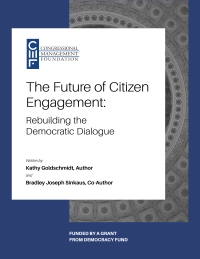Article by JS: “This week, thousands of Chinese tech workers are sharing information about their working schedules in an online spreadsheet. Their goal is to inform each other and new employees about overtime practices at different companies.
This initiative for work-schedule transparency, titled Working Time, has gone viral. As of Friday—just three days after the project launched—the spreadsheet has already had millions of views and over 6000 entries. The creators also set up group chats on the Tencent-owned messaging platform, QQ, to invite discussion about the project—over 10000 people have joined as participants.
This initiative comes after the explosive 996.ICU campaign which took place in 2019 where hundreds of thousands of tech workers in the country participated in an online effort to demand the end of the 72-hour work week—9am to 9pm, 6 days a week.
This year, multiple tech companies—with encouragement from the government—have ended overtime work practices that forced employees to work on Saturdays (or in some cases, alternating Saturdays). This has effectively ended 996, which was illegal to begin with. While an improvement, the data collected from this online spreadsheet shows that most tech workers still work long hours, either “1095” or “11105” (10am to 9pm or 11am to 10pm, 5 days a week). The spreadsheet also shows a non-negligible number of workers still working 6 days week.
Like the 996.ICU campaign, the creators of this spreadsheet are using GitHub to circulate and share info about the project. The first commit was made on Tuesday, October 12th. Only a few days later, the repo has been starred over 9500 times….(More)”.

